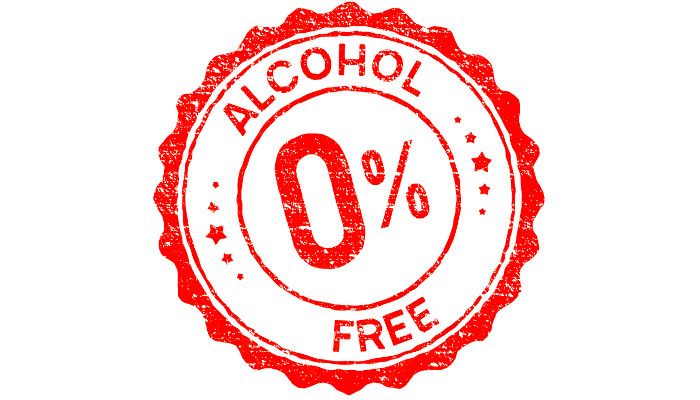How is non-alcoholic wine obtained?
How is the alcohol taken out of the wine? What does alcohol-free wine taste like? Which brands sell non-alcoholic wines? Are they good quality? Although not so well-known as beer, non-alcoholic wine also has its supporters. Let’s find out more about it.

Until just a few years ago, to say that a wine contained alcohol would have been considered a foregone conclusion. Yet nowadays this isn’t necessarily so, as non-alcoholic wine has become a reality. What do we know about how it’s made? How does it compare with ordinary wine? Which are the best on the market?
Everybody knows that fermentation of sugar in the must produces alcohol and consequently, wine contains alcohol. However, there are a number of people who, for one reason or another, don’t want to or can’t consume alcohol: perhaps due to intolerance, for dietary or religious reasons, or simply because they don’t like it. To provide for all these consumers, the wine industry has started to produce non-alcoholic wines, or to be more precise, de-alcoholised wines. So how do they do it?
How is the alcohol removed?
To start with, grapes are harvested early to achieve a moderate natural alcoholic content. Once the must has fermented, the main objective is to remove the alcohol without the wine losing any of its flavour or texture, an extremely complex procedure which is dealt with basically in three different ways.
Reverse osmosis
By means of a process called reverse osmosis all the wine’s components are separated according to their molecular size by various procedures of high pressure filtration through membranes which only allow the passage of water and alcohol. The process is repeated until a wine extract is obtained with all the elements which were unable to pass through the membrane, then water is added in order to reconstitute the wine.
Spinning cone columns
In this case the wine is separated into different liquid layers by centrifugation, while a cold vapour (nitrogen) displaces the volatile substances (aroma) before de-alcoholisation. Repeated evaporation and condensation at low temperatures manage to separate the wine’s various constituent elements.
Vacuum distillation
Vacuum distillation enables the alcohol to be separated at warmer temperatures than by conventional distillation, better preserving the wine’s natural flavour. However, and despite the fact it proves less costly, the wines obtained by means of this process aren’t of the best quality, since the procedure causes a certain amount of the wine’s aromas to become volatile when the alcohol evaporates.

Does wine with or without alcohol taste the same?
Now we know how alcohol-free wine is made, it’s time for the big question: does it taste alright? To be honest, we have to confess that it has neither the aroma nor the body of a conventional wine, but also that it’s a healthy and pleasant drink which opens the door to a whole section of consumers, enabling them to enjoy the wonderful world of wine. If you fancy trying it for yourself, here at Vinissimus we can provide you with a small selection of quality alcohol-free wines, the finest in every possible shade and style. Here’s to wine!